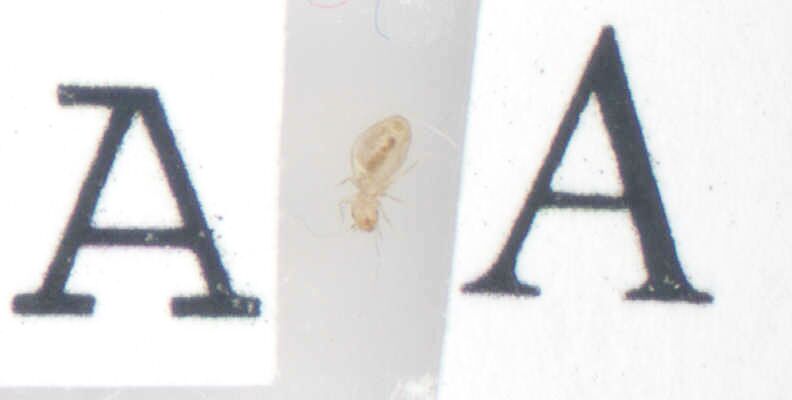
Figure 1. Booklice courtesy of Pest Control Canada
Psocids (pronounced “sew-sids”)
Booklice or booklouse aka paper lice)
Trogium pulsatorium or Liposcelis spp.
Order Psocoptera; family Liposcelidae
Identification/Description: grey or brown. “They are usually less than 1/16th of an inch long. They are colorless, grey or light yellow. They have soft bodies, chewing mouthparts and relatively long antennae. The head and abdomen appear large, while their middle section, the thorax, is narrow. This can give them a swollen appearance. Indoor booklice are usually wingless, but outdoor booklice have wings and are often called barklice because they inhabit the bark of trees. They resemble true lice, but booklice are not parasites and they do not live on or bite animal,” according to Tips from a Real Pest Control Expert. According to Cornell, “Booklice are small, soft-bodied, transparent to grayish insects, usually about 1 mm (1/16") in length. The common species may have wings or wing pads. The abdomen and head are large, while the thorax or mid-section is narrow. Booklice have long segmented antennae.”
Length: “less than one-eighth of an inch long,” according to UF IFAS Extension.
Wing Span: “Some species are wingless; some have one pair of small scale like wings; and others have two pairs of wings that are held in a roof-like angel over the top of the abdomen. Some species contain both long-winged and short-winged forms,” according to Utah State University Coop Extension.
Immature Stages: “Most species develop through six nymphal instars, or growth stages, as they gradually change from egg to nymph (an immature form with some adult characteristics) and then to adult,” according to Everythingabout.net
Life Cycle: “Booklice deposit white, oval-shaped eggs near a food source. The young, called nymphs, hatch from the eggs and begin feeding on molds. They may undergo three or four molts while growing up. If ideal conditions of temperature and moisture are met, the entire life cycle may take as little as 25 days. Since ideal conditions do not exist all year round, we usually do not see more than seven or eight generations per year,” according to Cornell.
Food: Fungi (called foxing in books), mold, “and pastes and glues in book bindings, and pastes and glues in book bindings. In most of these situations it is thought that the booklice are actually feeding on molds growing on these materials rather than the materials themselves.” according to Utah State. “Booklice feed for the most part on microscopic molds, but sometimes also upon the sizing of paper stored at high humidities and warm temperatures. Any manufactured material of plant origin (furniture, paper, books, etc.) when stored in damp places, could support molds or mildew and encourage booklice infestations,” according to Cornell.
Habitat: Secluded places with high humidity (i.e., above 75% RH according to NARA) areas
Behavior: Don’t bite. “While their back legs are thicker than the other four, and resemble the legs found in jumping insects, booklice do not jump, but run about rather quickly,” according to Penn State. Most damage is due to contamination by “shed skins and both living and dead insects,” according to Utah State.
Control: Modify the environment--dry out damp areas. “Reduction of moisture to eliminate formation of mold is a very effective method for controlling booklice,” according to UF IFAS Extension. According to Michigan State University, “Psocids are very susceptible to changes in relative humidity: if the home or building can be maintained at RH of 50%, psocids will die out in 2 to 3 weeks….Any household insecticide containing pyrethrins (like Raid) with [sic: will] provide temporary control.”
Number of Species: World, 2600; North American, 150-245, “28 families north of Mexico” according to Kaufman, p. 34; Great Britain: 70 plus 12 introduced.
Citations: Hogue, p. 100-101.
Other References:
Broadhead, E. “The Book Louse and Other Library Pests,” British Book News 68 (1946): 77-81.
Lee, M. W. Prevention and Treatment of Mold in Library Collections With an Emphasis on Tropical Climates: A Ramp Study (Paris: UNESCO, 1988).
Updated: 19 January 2010